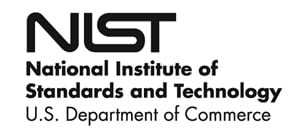RSS feed source: National Science Foundation
U.S. National Science Foundation
Directorate for Geosciences
Division of Research, Innovation, Synergies, and Education
Full Proposal Deadline(s) (due by 5 p.m. submitting organization’s local time):
February 14, 2025
Track 1 only
November 14, 2025
Track 2 only
Important Information And Revision Notes
This solicitation supersedes NSF 23-534. Changes from the previous Geosciences Open Science Ecosystem (GEO OSE) solicitation include:
The Synopsis, Introduction, Program Description, and Proposal Preparation Instructions have been revised to reflect updated program goals. Specific Requirements and associated Solicitation Specific Review Criteria have been updated. Anticipated award information and guidelines for funding tracks (Track 1 and Track 2) have been modified, including proposal deadlines, budget limits, and goals for each funding track. Eligibility Information has been updated. Please note that prospective proposers from Other Federal Agencies and Federally Funded Research and Development Centers (FFRDCs), including
Click this link to continue reading the article on the source website.


